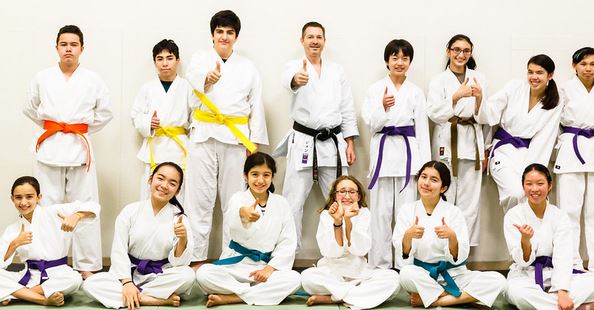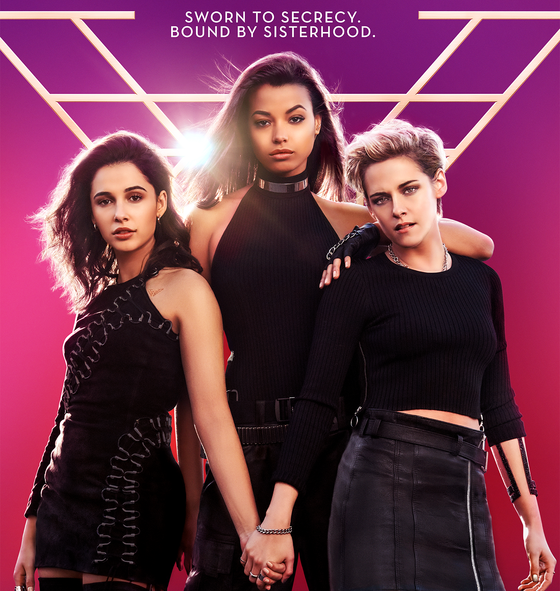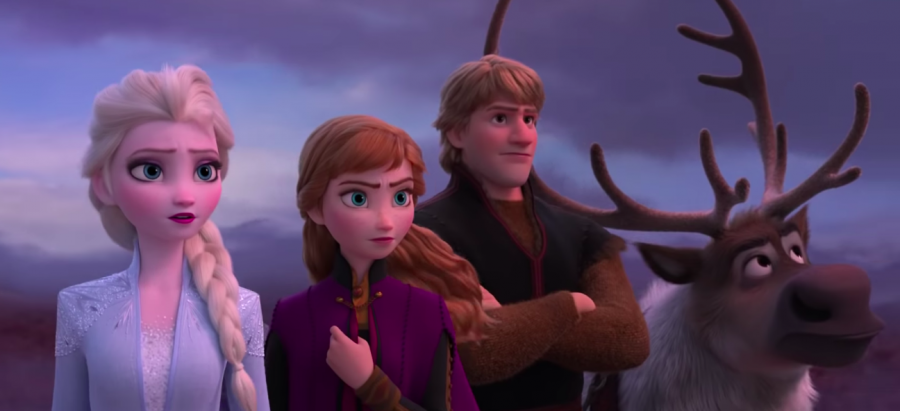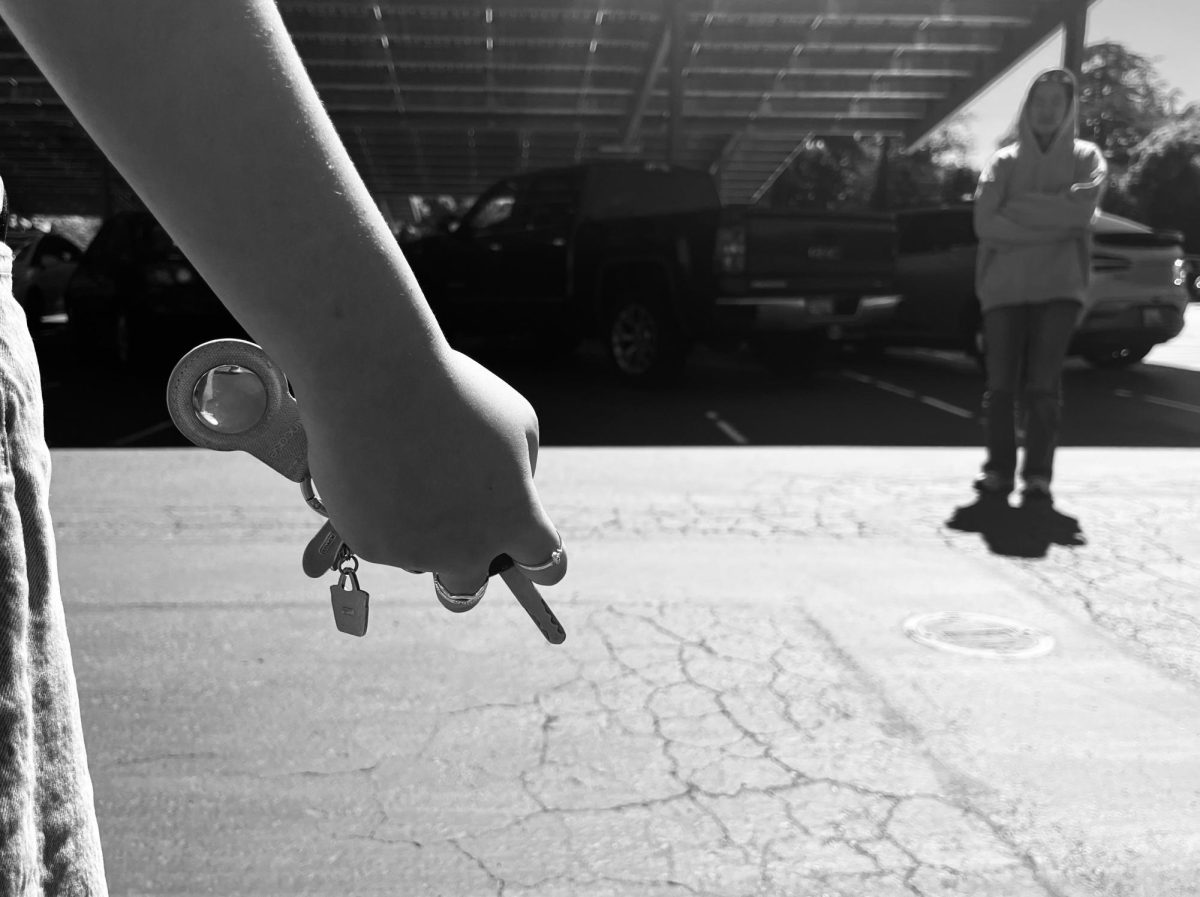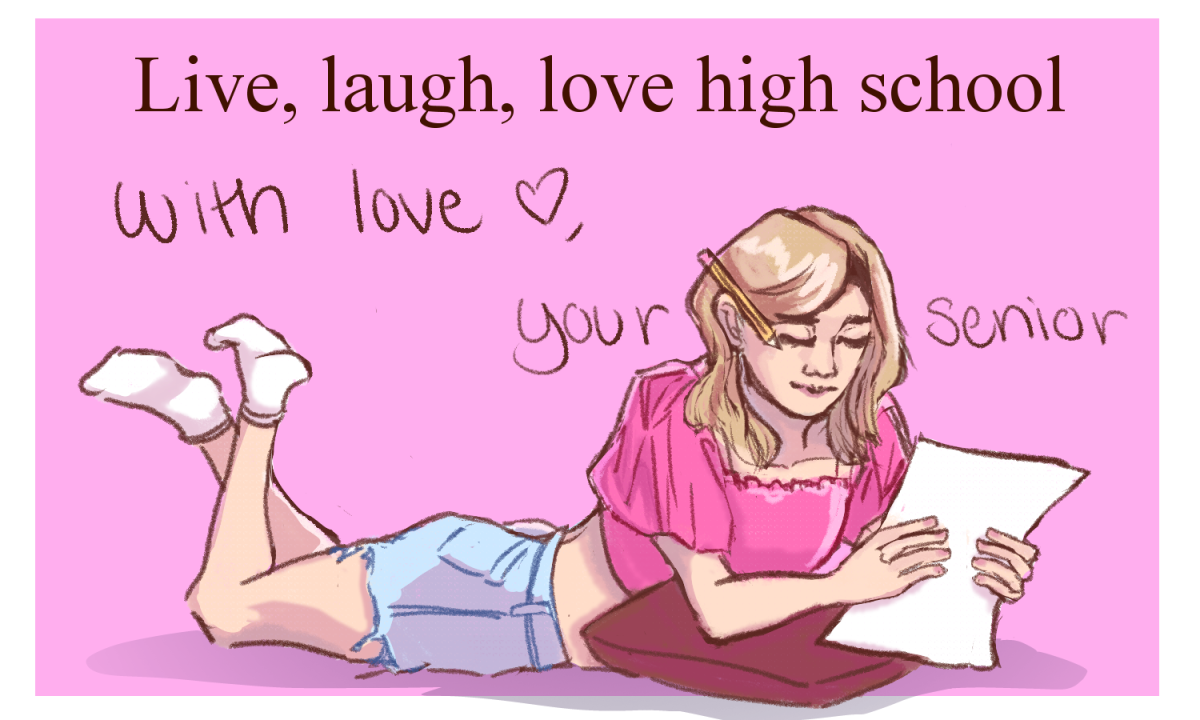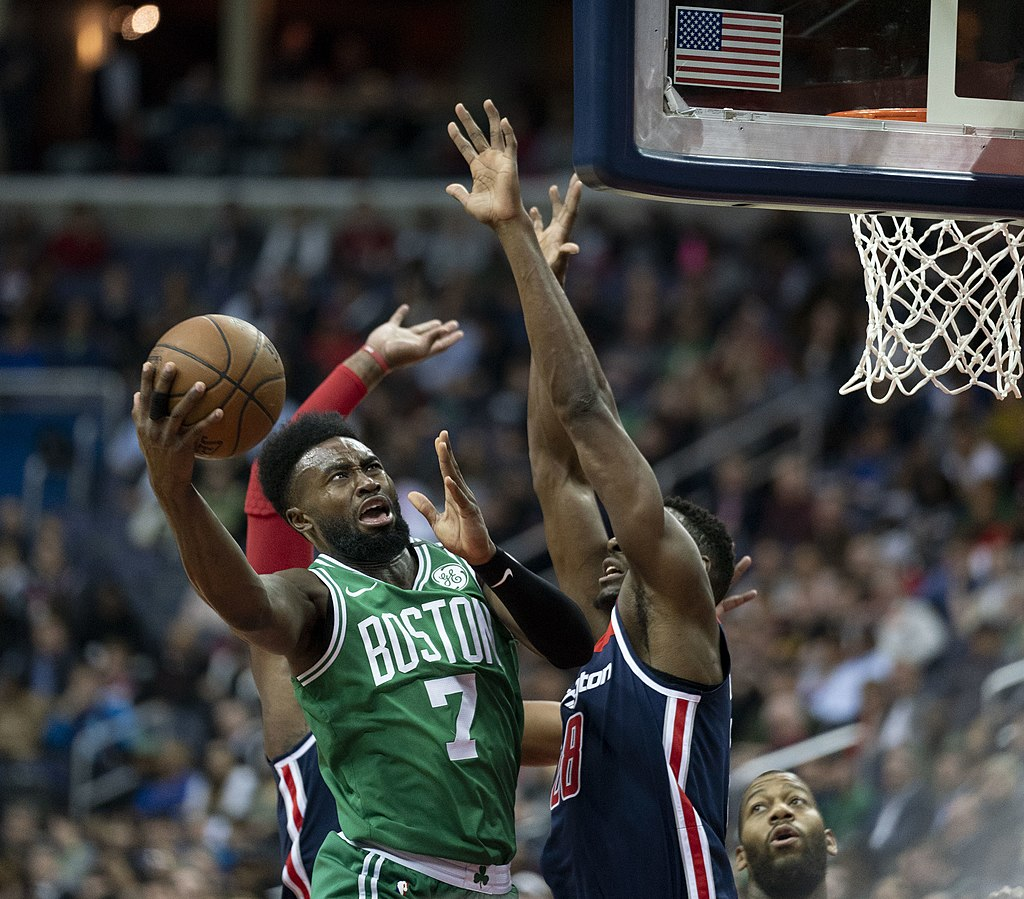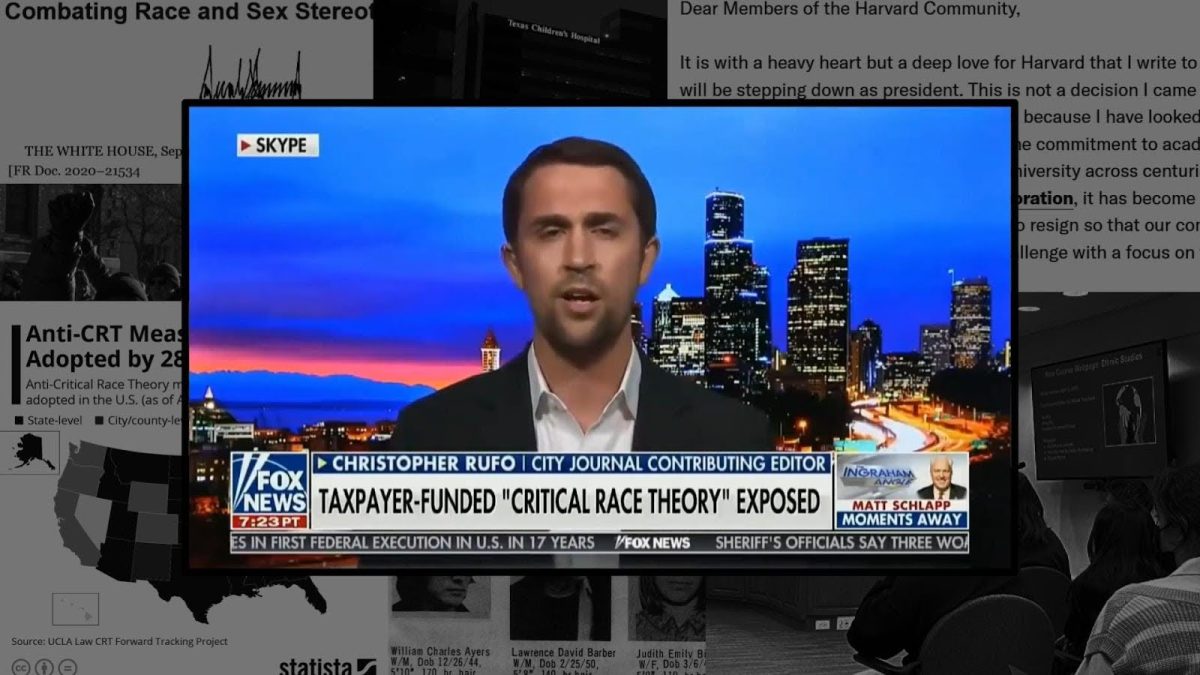For decades, there has been a push in sports to remove mascots and names that are deemed offensive, especially those that are based off of Native American people, history and customs. This debate has reached a new level with the argument over the Washington Redskins and whether the name is demeaning or an honor to Native Americans. In past years, there has been a discussion as to whether we should ban all such names. Looking at the issue, it is clear that there is no single answer.
Despite what some people may want, we shouldn’t just ban all names having to do with Native Americans. While a number of names certainly are derogatory, others are not, and some are even used with the consent of tribes. In my opinion, there is a scale where different names and mascots each have a place. Because there are different levels of offensiveness, people need to do their research in order to make an informed opinion.
To be clear, there are names that should not be allowed for obvious reasons. Using slurs as mascots should not even be a question. That includes the Washington Redskins (along with numerous high schools that share the mascot) and other high schools who are the Squaws (Bellmont High School, IN) or the Halfbreeds (Aniak High School, AK). Basically, any name whose dictionary definition involves the words “usually offensive” or “often offensive” should be out. Aside from names, there should also be rules against obviously offensive mascots and logos, like the Atlanta Braves’ Chief Noc-A-Homa and Princess Win-A-Lotta, which were dropped in 1983 at the team’s discretion. Some teams are also eliciting anger over offensive practices, namely the Tomahawk Chop and the war chant, done by numerous teams, including the Braves, the Kansas City Chiefs and the Florida State Seminoles.
Next on the scale are teams that aren’t necessarily derogatory, like Chiefs or Raiders. Oftentimes, these mascots were applied to teams with Native Americans in mind, but don’t have as negative a connotation. They are more on the level with what I would call occupational mascots, like the Old Dominion University Monarchs, the University of Massachusetts Minutemen or the New Orleans Saints, which few, if any, think of as offensive. As they aren’t offensive there shouldn’t be a push to get rid of them.
The next rung down involves teams who have connections to Native Americans despite their appearance, or vice-versa. The two best examples for these are the NBA’s Golden State Warriors and the NHL’s Chicago Blackhawks. When the Warriors formed in Philadelphia in 1946, their logo and mascot were a very stereotypical Native American. Once they came to the west coast though, they changed their mascot to be more respectful. They’re still the Warriors, but few people think that their name is racist. On the other hand, many people see the Blackhawks name and logo and think it is. However, the team is not named after the legendary leader of the Sauk tribe, but rather after the 86th Infantry Division from World War I, which was known as the Black Hawk Division.
Least offensive of all mascots are the ones that are approved by Native Americans. For instance, Florida State University is the Seminoles, named after the Seminole tribe. The school had had the approval of the Florida Seminole Tribe for decades, and in 2005, they got official permission from the Oklahoma branch of the tribe (which split off in the Trail of Tears in the early 1800s) to keep the name. The tribe also gave their support to the school’s main mascots, Chief Osceola and his horse Renegade, despite the fact that the two are historically inaccurate; most Seminole warriors didn’t ride horses.
Other tribes have also backed the teams and schools who bear their name. The University of Utah has permission from the Ute tribe to be the Utes. In 2003 the Saginaw Chippewa tribe in Michigan gave Central Michigan consent to be the Chippewas. The tribe has also given a local high school its official permission to be the Warriors.
“Our position is that if it’s not derogatory and it’s being used appropriately, with an opportunity to share or cross-share our culture, then it’s fine,” public relations director of the Saginaw Chippewa tribe Frank Cloutier said in an interview in 2013 with ESPN’s Paul Lukas.
One other point of contention is whether non-Native Americans should have a say in the matter. Some argue that only Native Americans, as the offended party, should decide what is offensive and what isn’t. However, Cloutier disagrees.
“We all live in this wonderful globe together,” Cloutier said. “If there’s a negative impact on any one group, that impacts all of us as a whole. I think everyone, collectively, can have a voice in this.”
Due to the complexity of the issue, it is imperative that people see both sides of the issue and understand that while they might consider names offensive, the intent to offend isn’t necessarily there. On the other side, while a team might have great traditions and connections to their name, people need to see that it might be offensive to others, and be willing to hear their side of the argument. In order to develop a balanced opinion on the issue, people must take the time to become more informed.
Story continues below advertisement





